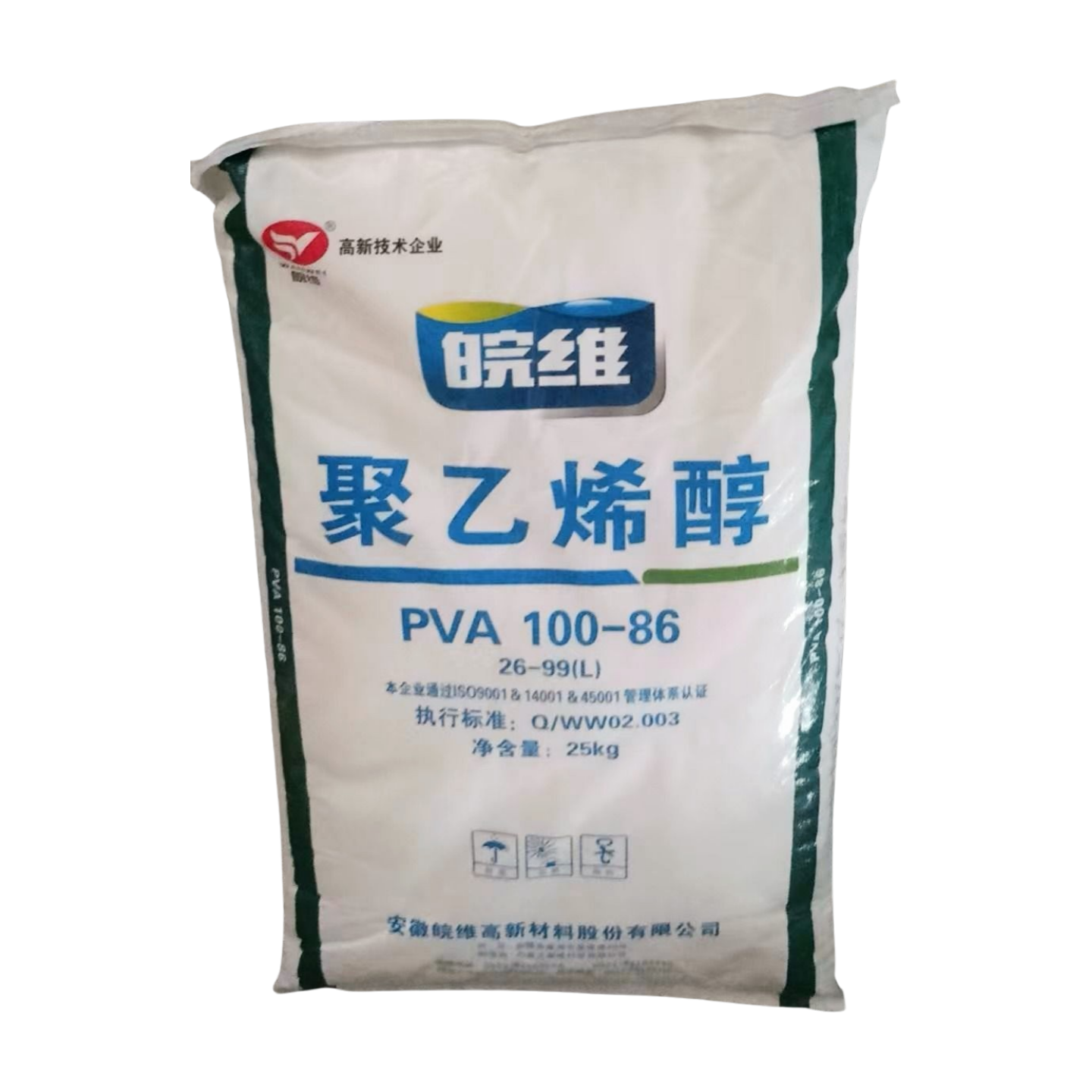PVA(a polymer) adhesives are rapidly gaining popularity in many industries due to their outstanding performance characteristics. Thankfully, PVA adhesives have answered the call and provide what can be described as a reliable option for highly demanding applications. They find application in construction, packaging and many other sectors where strong flexible bonds are required. It is also wonderful to note that PVA is easy to use and easy to clean making it friendly for professionals and hobbyist alike.


